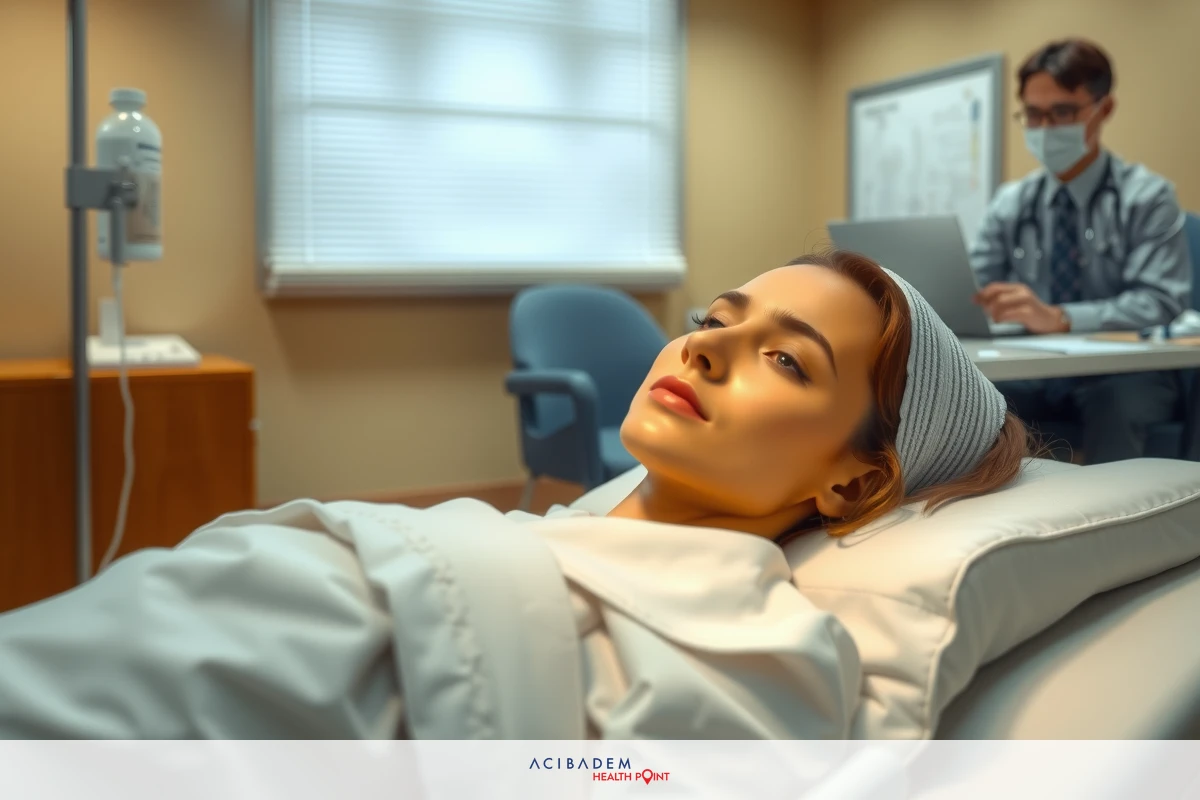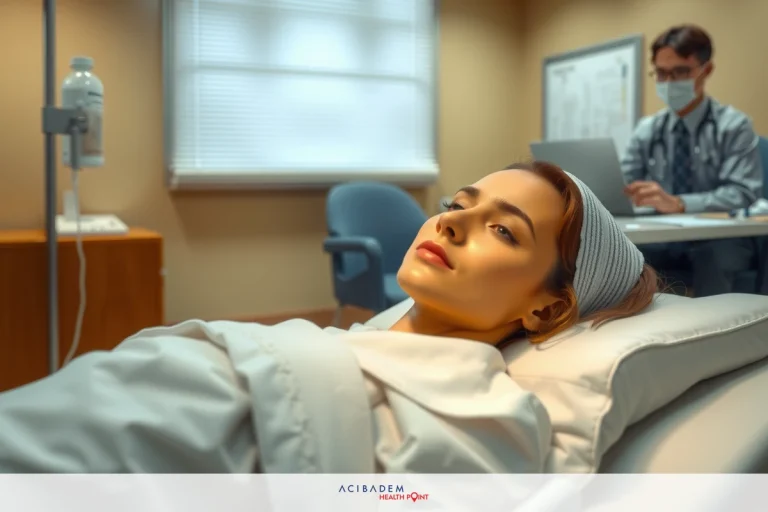How is Tip Rhinoplasty Done?
How is Tip Rhinoplasty Done? Rhinoplasty, particularly focusing on the tip of the nose, invokes a unique blend of artistry and precision. It stands as one such medical intervention that demands meticulous planning, diligent execution and careful aftercare. With this said, it’s vital to understand what happens before you find yourself in an operating room.
Understanding the steps involved in preparing for tip rhinoplasty can help eliminate any apprehension associated with uncertainty. You need to be aware of how your surgeon evaluates your current condition during consultations and what instructions you will likely receive pre-surgery. The process does not end with surgery; postoperative care plays an equally important role.
The procedure itself involves intricate surgical techniques aimed at reshaping nasal structures to achieve desired results. Your journey through incisions into cartilage might appear daunting. Yet grasping each step may bolster confidence about the surgery while shedding light on its complexity.
Preparing for Tip Rhinoplasty
The road to nasal tip refinement through tip rhinoplasty begins long before the surgery itself. It starts with an initial consultation where your surgeon will evaluate your medical history, current health status, and discuss your aesthetic goals. Here you might find yourself discussing things such as allergies or previous surgeries which could impact the procedure.
This is also where you’ll get a sense of what technique would be most suitable for achieving your desired results in a safe and effective manner. The surgical method chosen largely depends on factors like the existing shape of your nose, skin thickness, and overall facial structure among others. An open approach might be recommended if more extensive reshaping is needed while a closed technique may suffice for minor tweaks.
Your role in preparing for this journey does not end at these consultations though. You will receive explicit instructions that need to be followed diligently to ensure optimum surgical outcomes. This includes but isn’t limited to discontinuing certain medications or supplements that increase bleeding risks, avoiding smoking as it hinders healing processes and maintaining optimal nutrition levels to support recovery post-surgery.
Remember that preparing adequately can make all the difference when it comes to any form of surgery including tip rhinoplasty. It’s about setting expectations right so there are no surprises along the way while enabling you both physically and mentally towards successful nasal tip refinement.
The Procedure of Tip Rhinoplasty
The procedure for tip rhinoplasty, like any surgical method, is an intricate dance of precision and technique. It’s a journey through skin and cartilage that aims to refine the nasal tip while preserving functionality.
- Anesthesia: All procedures begin with ensuring patient comfort via either local or general anesthesia.
- Making Incisions: Surgical incisions are made in inconspicuous locations to access the underlying structures without leaving visible scars.
- Reshaping Cartilage: Alterations are made primarily in the lower lateral cartilages which define the nose tip’s shape.
- Assessing Aesthetics: Continuous assessment of aesthetic symmetry is performed throughout reshaping steps to ensure desired results.
- Stitching Up: Once satisfactory refinement has been achieved, incisions are closed using dissolving sutures.

The image features an indoor medical setting with a woman lying on a hospital bed. She appears to be undergoing some sort of medical procedure or examination, as suggested by the presence of a medical professional in the background who is observing her condition and taking notes. The environment suggests a sterile and clinical atmosphere typical of a medical facility. Colors are neutral with a focus on the woman’s bed linens.
Each step plays out its role in this carefully choreographed process culminating into a more refined nasal tip based on individual requirements and aesthetic goals defined prior to surgery. Understanding these stages can provide patients with greater confidence about what happens during their time under the scalpel.
It must be noted though that while we’ve discussed each phase independently here, they all happen fluidly as part of one comprehensive procedure aimed at achieving optimal outcomes following your journey through tip rhinoplasty.
Recovery and Aftercare
The journey of tip rhinoplasty extends beyond the operating room, with post-operative care playing a crucial role in achieving desired results. Recovery from any surgical procedure including tip rhinoplasty is as much part of the process as preparation and surgery itself. It’s a time when your body heals, adapts to changes made during surgery, and gradually reveals the final outcome.
Initially following the procedure, you may experience some swelling and discomfort around your nose which is normal. Pain can be managed effectively with medication prescribed by your surgeon. While healing time varies among individuals based on factors like age or overall health status; typically most swelling subsides within weeks though it might take up to a year for more subtle refinements to fully manifest.
Post-operative care instructions provided by your surgeon need to be followed diligently for optimal recovery. This includes guidelines on keeping head elevated during sleep to reduce swelling, avoiding strenuous activities that could lead to nose injury or increased blood pressure resulting in bleeding, maintaining hydration levels for promoting healing processes among others.
It’s also essential that follow-up appointments are not missed as these allow surgeons an opportunity monitor progress closely ensuring everything is progressing as per plan while addressing any concerns you may have along this journey towards nasal tip refinement via tip rhinoplasty.
Frequently Asked Questions
Q: What is the primary aim of tip rhinoplasty? A: Tip rhinoplasty focuses specifically on refining the nasal tip for improved aesthetics while preserving or enhancing functional aspects.
Q: How long does it typically take to recover from a tip rhinoplasty procedure? A: Recovery times can vary based on individual factors. However, most swelling generally subsides within weeks, although subtle refinements may continue up to a year post-surgery.
Q: Is there any specific preparation required before undergoing this procedure? A: Yes, adequate preparation is crucial for optimal surgical outcomes including following pre-operative instructions like discontinuing certain medications and maintaining optimum nutrition levels among others.
Q: Are there any risks associated with the procedure? A: As with any surgery, potential risks do exist. These include but aren’t limited to infection, adverse reaction to anesthesia and unsatisfactory aesthetic results. It’s important to discuss these thoroughly with your surgeon prior to surgery.








